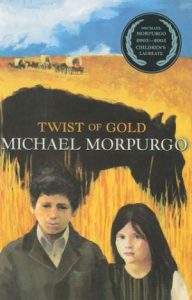Threads is an inspiring picture book about a girl’s survival of the 1930s Ukrainian Famine-Genocide, messaging hope, pride for one’s heritage, and context for today’s War in Ukraine.
famine
The Grave
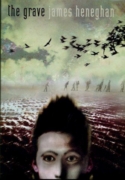
Thirteen-year-old Tom, an unhappy foster child in Liverpool, falls into a massive open grave and is transported to Ireland in 1847, where he finds himself in the midst of the deadly potato famine.
Across the Tumen: A North Korean Kkotjebi Boy’s Quest
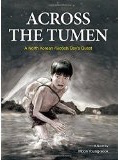
As North Korea undergoes a devastating famine, Yeong-dae loses both his parents and is forced to beg on the streets. Soon, this young boy sets off on a desperate journey to China to find his sister—his last living family member. Captured by the authorities, he is sent back to the North, where he is thrown in jail and tortured.
See the review at WOW Review, Volume VII, Issue 3
The Wee Christmas Cabin
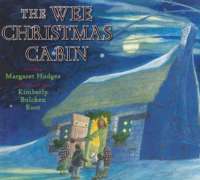
All her life Oona dreams of having a cabin of her own. Since she has no family, she moves from cabin to cabin, helping wherever there is trouble or need. But when the Great Famine comes and the last of the potatoes is eaten, Oona knows that no one will want another mouth to feed. On a snowy Christmas Eve, she bids a silent farewell to the village and sets out. Much to her surprise, the magic of a white Christmas awaits her, as do hundreds of fairies who have been keeping watch over Oona since the day she was born.
Twist of Gold
Feed the Children First: Irish Memories of the Great Hunger
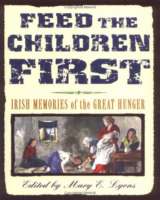
The great Irish potato famine — the Great Hunger — was one of the worst disasters of the nineteenth century. Within seven years of the onset of a fungus that wiped out Ireland’s staple potato crop, more than a quarter of the country’s eight million people had either starved to death, died of disease, or emigrated to other lands. Photographs have documented the horrors of other cataclysmic times in history, but there are no known photographs of the Great Hunger. Mary E. Lyons combines first-person accounts of those who remembered the Great Hunger with artwork that evokes the times and places and voices themselves. The result is a close-up look at incredible suffering, but also a celebration of joy the Irish took in stories and music and helping one another — all factors that helped them endure.

